In a move that could transform last-mile logistics in South Texas, Amazon has filed a zoning request with the City of San Antonio to establish a Prime Air Drone Delivery Center at its sprawling East Side robotics fulfillment facility. The proposal, detailed in a filing with the city, aims to convert a 9,400-square-foot section of the 3.6 million-square-foot complex at 6806 Cal Turner Drive into a hub for battery-powered drone deliveries, promising packages at customers’ doorsteps in 60 minutes or less, reports the San Antonio Business Journal. As Amazon navigates regulatory and community hurdles, this development signals its renewed push to scale drone operations in the U.S.
Zoning Request Details and Facility Modifications
Amazon’s zoning application seeks a Specific Use Permit for its SAT3 facility to repurpose a compact 9,400-square-foot space in the southeast corner of the property. The 3.6 million-square-foot fulfillment center, operational since 2023, is a cornerstone of Amazon’s logistics network, leveraging advanced robotics to process millions of orders. The proposed drone delivery center would integrate Prime Air’s autonomous, battery-powered drones, designed and built in-house, into this ecosystem. These drones, capable of carrying packages weighing up to 5 pounds (2.26 kilograms), aim to deliver within a 10-mile (16-kilometer) radius, aligning with Amazon’s operational parameters for urban and suburban environments.
“We’re reviewing options and working with local officials to possibly bring Prime Air to San Antonio – which would support our efforts to provide fast delivery and great service to local customers,” said Steve Kelly, an Amazon spokesperson, in a statement to the San Antonio Business Journal. However, Kelly emphasized that the project remains in “early planning stages,” with additional regulatory and zoning steps required before operations can commence.

Prime Air’s Technical Framework and Operational Scope
Amazon’s Prime Air program, launched in 2022, uses electric drones equipped with sense-and-avoid technology to navigate obstacles and deliver packages autonomously. Operating below 400 feet (122 meters) per FAA regulations, these drones fly at speeds up to 50 mph (80.5 km/h) and are designed for daylight operations in favorable weather. The San Antonio facility would likely deploy the MK30 drone, a quieter and lighter model introduced in 2023, capable of flying in light rain and covering a 7.5-mile (12-kilometer) radius—double the range of its predecessor, the MK27-2.
The proposed center’s 9,400-square-foot footprint suggests a focused operation, likely housing drone storage, maintenance, and launch areas. Given Amazon’s past deployments in College Station, Texas, and Lockeford, California, the San Antonio hub could support hundreds of daily flights, with annual operations potentially exceeding 170,000, depending on demand and FAA approvals. The company’s commitment to net-zero carbon by 2040 underscores the use of electric drones, which produce zero exhaust emissions during flight.
Regulatory and Community Considerations
Amazon’s drone ambitions hinge on navigating a complex web of federal and local regulations. The FAA’s Part 135 Air Carrier Certificate, granted to Amazon in 2020, allows commercial drone deliveries, while 2024’s approval for beyond-visual-line-of-sight (BVLOS) operations has expanded Prime Air’s scalability. However, the San Antonio zoning request must clear the city’s planning commission and address potential community concerns, such as noise and privacy.
Previous Prime Air deployments have faced pushback. In College Station, residents and Mayor John Nichols raised concerns about drone noise, particularly during takeoff and landing, prompting calls for stricter noise mitigation before expanding operations. Similar sentiments could emerge in San Antonio, where the East Side facility is near residential neighborhoods. Amazon’s shift to the quieter MK30 drone may mitigate some concerns, but community engagement will be critical to securing local approval.
Industry Context and Market Implications
Amazon’s San Antonio proposal reflects a broader race among logistics giants to dominate drone delivery. Competitors like Wing and Zipline have also secured FAA BVLOS approvals, with Wing planning up to 30,000 daily deliveries in Dallas-Fort Worth. Meanwhile, Amazon’s earlier setbacks—halting operations in Lockeford, California, and pausing deliveries in Texas and Arizona in early 2025 due to MK30 software concerns—highlight the technical and regulatory challenges of scaling drone networks.
San Antonio, with its growing population of over 1.4 million and status as a logistics hub, is a strategic choice for Amazon. The city’s relatively affordable cost of living—requiring an annual salary of $86,694 for a single adult to live comfortably in 2025—makes it an attractive market for Prime’s convenience-driven services. If approved, the drone center could create high-skill jobs in drone maintenance and operations, further integrating San Antonio into Amazon’s innovation ecosystem.
However, the economics of drone delivery remain a hurdle. In 2022, each Prime Air delivery cost Amazon $484, with projections to reduce this to $63 by 2025—still significantly higher than ground delivery’s $3-$4 average. Scaling operations in San Antonio could help Amazon optimize costs through higher delivery volumes and refined technology.
DroneXL’s Take: A Cautious Step Forward
Amazon’s zoning request is a calculated move to expand Prime Air’s footprint, but it’s not without risks. The technical promise of 60-minute deliveries is compelling, yet the MK30’s reliability and the FAA’s stringent oversight will determine the project’s success. San Antonio’s urban density offers a real-world testing ground, but Amazon must prioritize transparency with residents to avoid the backlash seen in College Station. For drone professionals and enthusiasts, this development underscores the need for robust noise mitigation and community engagement to ensure drones become a seamless part of urban logistics. While Amazon’s vision is ambitious, its execution will require precision, patience, and a willingness to adapt to local realities.
Photos courtesy of Amazon
Discover more from DroneXL.co
Subscribe to get the latest posts sent to your email.
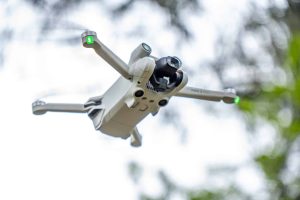


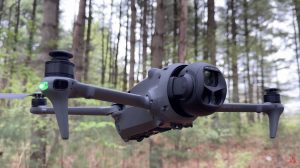


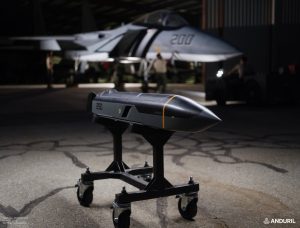
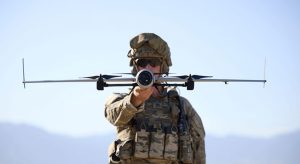
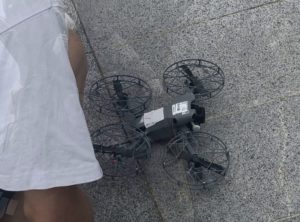

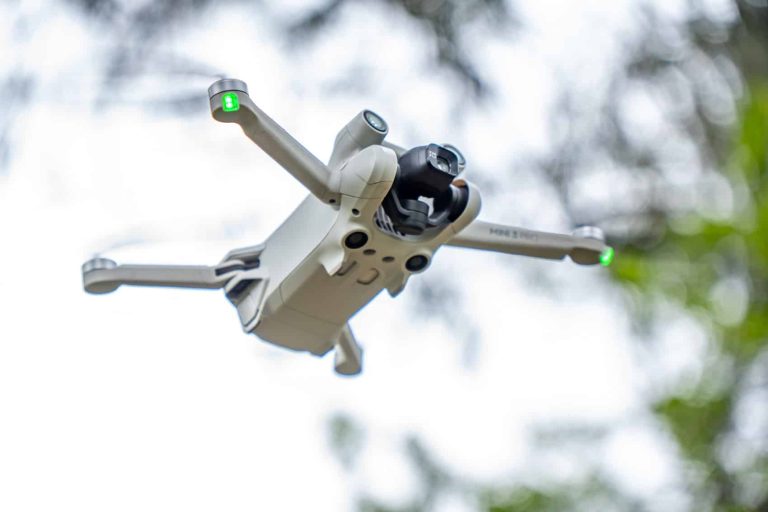
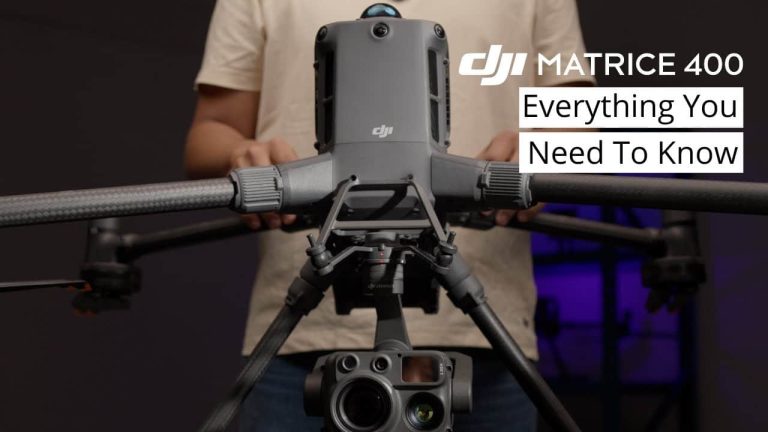

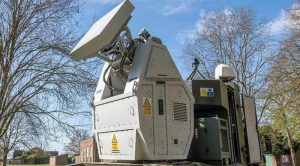
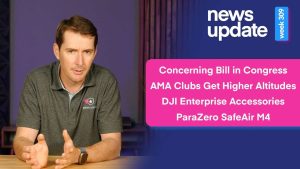
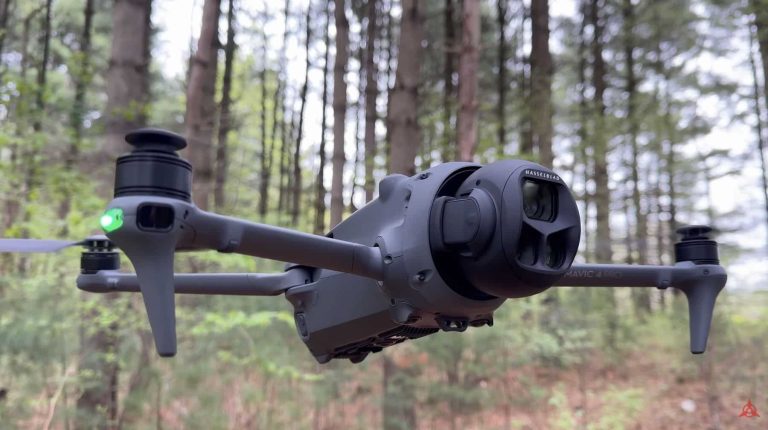
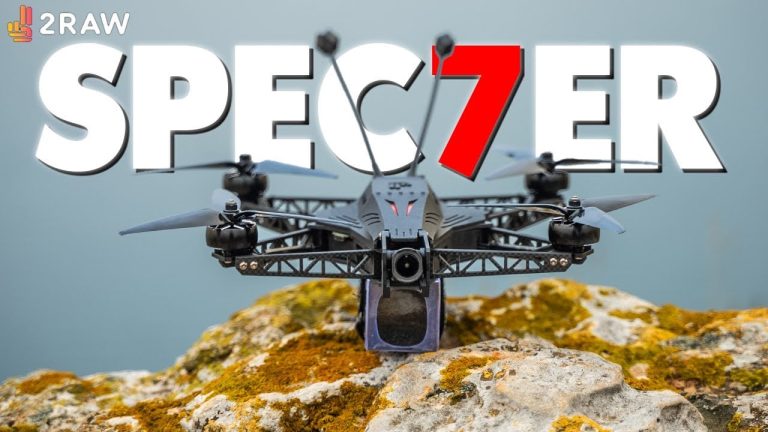

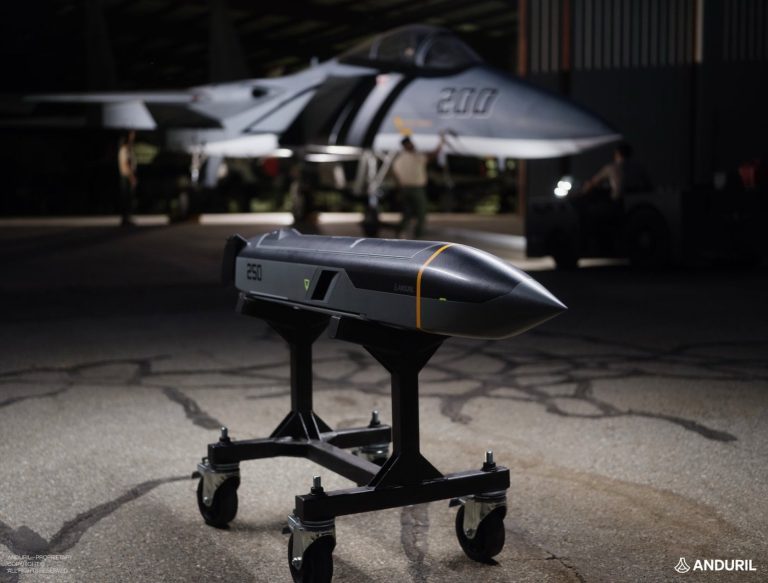
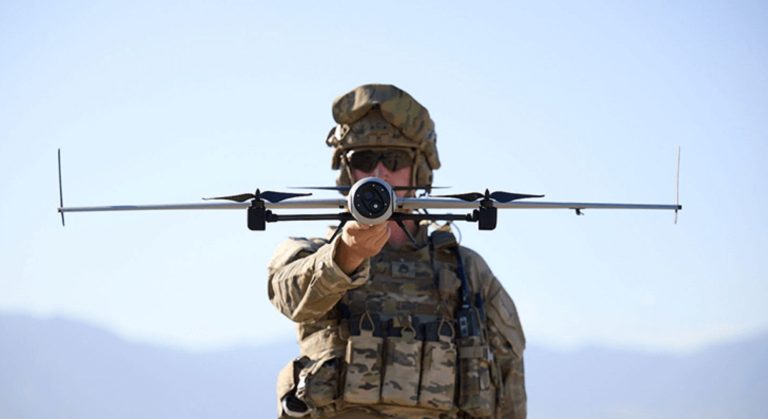
+ There are no comments
Add yours